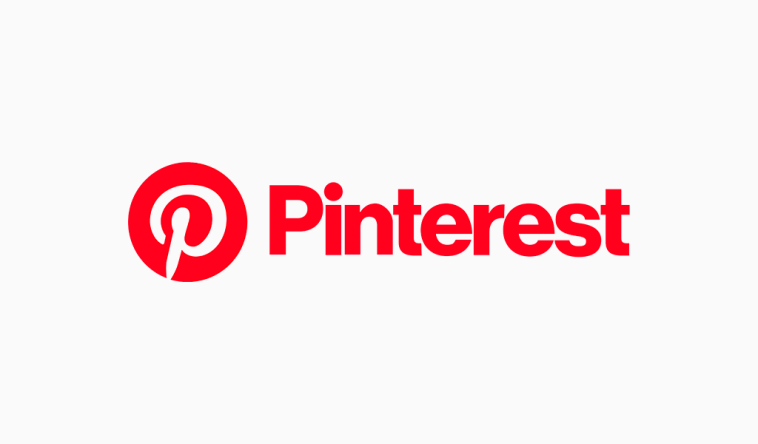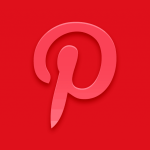Introduction.
Are you posting pins on Pinterest but not seeing the kind of engagement you hoped for? It’s easy to feel like your pins are getting lost in the sea of content on the platform.
With millions of users and thousands of pins uploaded every minute, getting noticed can seem tough, but it’s completely possible to grow your reach with a few smart strategies.
Pinterest isn’t just another social platform; it’s also a powerful search engine, like a visual version of Google.
People come to Pinterest to find ideas, get inspired, and plan projects. So, if your pins are optimized, targeted, and engaging, they have the potential to reach a huge audience and drive tons of traffic to your site or blog.
The goal of this guide is to walk you through the steps you can take to make your pins stand out. Whether you’re new to Pinterest or just need a refresher, by the end, you’ll be equipped with practical tips to boost your visibility and engagement.
Ready to dive in? Let’s make sure your pins don’t just float around—they get noticed!
How Do I Get My Pinterest Pins Noticed?
1. Understanding What Makes a Pin Stand Out
Pinterest’s appeal lies in how visually engaging it is, so start by focusing on what makes a pin “clickable.”
Think about what attracts you when you scroll through Pinterest. Usually, it’s pins with bright, high-quality images, easy-to-read text, and a clear message.
Quality visuals are essential, so aim for well-lit images, bold and eye-catching colors, and an overall design that’s clean and appealing.
Best Practices:
- Use vertical images with a 2:3 ratio (like 1000 x 1500 pixels) as they fill up more space in feeds and look better across different devices.
- Add clear, bold text overlays to make your message instantly clear—think recipe titles, how-to guides, or product names.
- Use simple fonts that are easy to read, even on mobile screens. Avoid script fonts that can be hard to read.
- Brand your pins by including your logo or website URL somewhere on the image to help build recognition.
2. Create High-Quality Content That Adds Value
Pinterest users are looking for helpful and inspiring content. This means your pins should be more than just attractive—they need to provide real value to your audience.
For example, if you’re a food blogger, share recipes that are unique or have a twist, rather than just posting generic recipes. The more value you offer, the more likely users are to save, click, and share your pins.
Pro Tip:
Pinterest’s algorithm prioritizes “fresh” content. So, regularly add new pins, even if you’re repurposing old blog posts or ideas, but make sure each pin is different enough to stand out.
3. Optimize Your Pin Descriptions with Keywords
Just like any search engine, Pinterest uses keywords to help users find content. Your pin descriptions play a huge role in this process.
Aim to write clear, descriptive, and keyword-rich descriptions that tell Pinterest what your pin is about.
Tips for Effective Descriptions:
- Write 2-3 sentences that clearly describe what your pin is offering.
- Include relevant keywords, especially ones that your audience is likely searching for (e.g., “easy weeknight dinners” or “home decor on a budget”).
- Avoid keyword stuffing; keep it natural and conversational.
- Use hashtags sparingly, focusing on 2-3 relevant hashtags to help your pin appear in searches.
4. Make the Most of Pinterest Boards
Your boards are where you organize your pins, and Pinterest loves well-curated boards. Aim for boards that cover a range of related topics to maximize the chance of your pins being discovered.
Each board should have a specific purpose, clear title, and an SEO-friendly description that includes keywords.
Quick Tips:
- Create niche boards with specific themes (e.g., “Simple Vegetarian Recipes” instead of just “Recipes”).
- Regularly update your boards by adding new content. Boards with consistent, relevant activity tend to perform better.
- Use keywords in both your board names and descriptions to help Pinterest understand what your boards—and pins—are about.
5. Take Advantage of Pinterest SEO
Pinterest SEO (Search Engine Optimization) is crucial because it helps your content show up in searches.
You can optimize each part of your Pinterest profile—from your username and bio to your pin descriptions and board names.
Key Areas to Focus On:
- Profile Name & Bio: Use keywords that match what people are searching for, so you’re more likely to appear in search results.
- Board Names & Descriptions: Make them clear and keyword-rich.
- Pin Titles & Descriptions: Optimize these with relevant terms, but remember to keep it natural and easy to read.
6. Engage with Pinterest’s Features (like Rich Pins and Idea Pins)
Pinterest offers some fantastic tools to make your pins more engaging. Rich Pins, for instance, pull extra information from your website directly onto the pin, adding details that can improve click-through rates.
Idea Pins, on the other hand, are more interactive and allow you to share step-by-step guides, tutorials, or videos.
- Rich Pins: Use them to add product prices, recipe details, or article headlines.
- Idea Pins: Experiment with tutorials, how-tos, and storytelling for more dynamic engagement.
7. Be Consistent and Track Your Results
Consistency is key on Pinterest. Posting daily or weekly keeps your profile active and increases your chances of being noticed.
Use Pinterest Analytics to track what’s working—see which pins are driving the most engagement and clicks, and adjust your strategy as you go.
Frequently Asked Questions
Q: How many times a day should I post on Pinterest?
A: Aiming for 10-15 pins per day is often recommended, but quality matters more than quantity. Focus on creating valuable pins over just posting often.
Q: Do hashtags work on Pinterest?
A: Yes, but use them sparingly. Around 2-3 relevant hashtags can help your pin get discovered without overwhelming the description.
Q: Should I pin other people’s content?
A: Yes! Pinterest favors accounts that actively engage with the platform. Curating quality content that aligns with your niche can also make your boards more valuable.
Conclusion.
By now, you should have a solid understanding of what it takes to make your Pinterest pins stand out. From creating beautiful, eye-catching images to leveraging keywords and using Pinterest’s unique features, each of these tips brings you one step closer to getting noticed on Pinterest.
So go ahead and experiment with these strategies, track your results, and stay consistent.
What’s the first change you’ll make to your Pinterest strategy?





GIPHY App Key not set. Please check settings